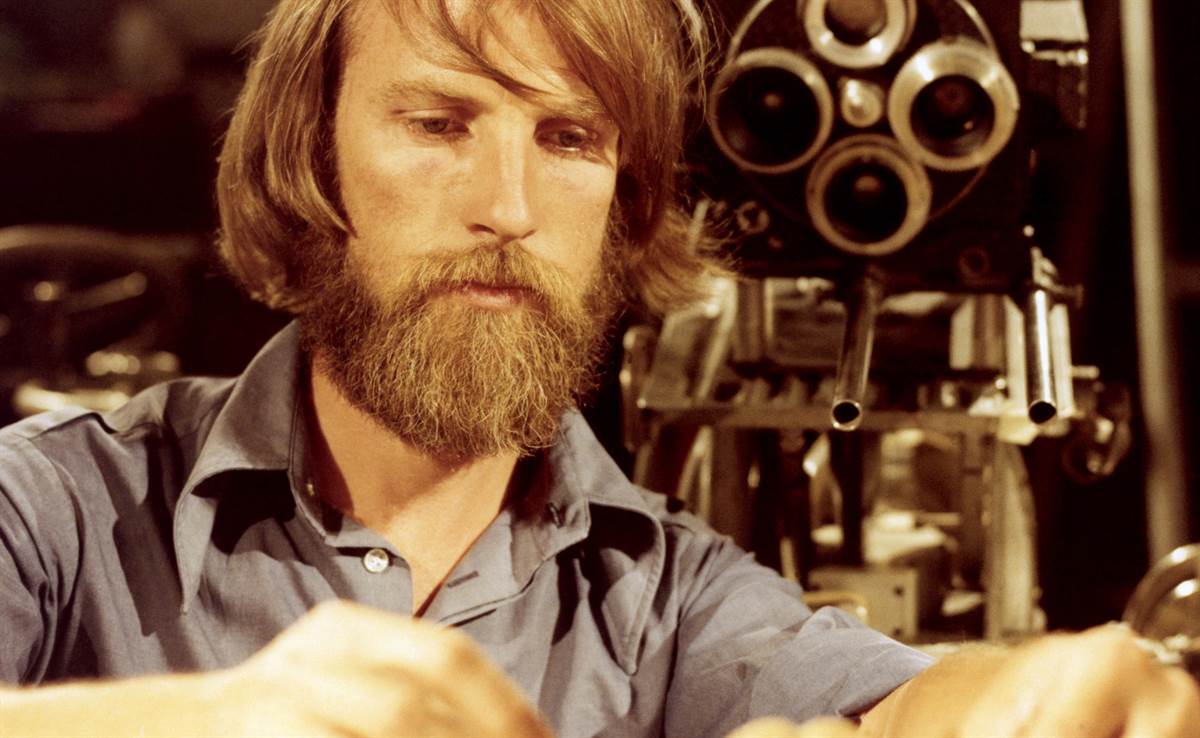
The National Film Board of Canada (NFB) is deeply saddened to announce the passing of one of its most cherished and celebrated filmmakers, Co Hoedeman, who died on , in Montreal at the age of 84. With a career spanning decades and a body of work that has inspired generations, Hoedeman leaves behind an indelible legacy in the world of animation.
Born in Amsterdam on August 1, 1940, Hoedeman immigrated to Canada in the 1960s, where he would become a pioneering figure in stop-motion animation. He joined the NFB in 1965, quickly distinguishing himself with his remarkable talent, creativity, and unwavering dedication to the art of animated storytelling. His 1977 masterpiece The Sand Castle, a poetic and visually stunning allegory told through sand animation, won the Academy Award for Best Animated Short Film, earning him international acclaim.
Suzanne Guèvremont, Government Film Commissioner and NFB Chairperson, said, “Co Hoedeman was a master animator, whose long career at the NFB was distinguished by innovative filmmaking and powerful humanitarian themes. He cared deeply for the well-being of children and was also a fierce defender of the importance of public filmmaking. The NFB and the Canadian animation community have lost a dear friend and colleague. Fortunately for us, we have his legacy of beloved works, which embody so much of his unique spirit.”
Co Hoedeman's journey as a filmmaker began with his early short films at the NFB, including Oddball (), which quickly established his unique style and artistic vision. In pursuit of mastering the techniques of puppet animation, he traveled to Czechoslovakia in 1970 to study under some of the world’s leading animators. This formative experience led him to develop his unique approach to stop-motion animation upon his return to Canada.
In , Hoedeman created Tchou-tchou, a whimsical and beautifully crafted film using wooden blocks. The film went on to win the British Academy Film Award (BAFTA) for Best Animated Film, further cementing his reputation as an innovator in the field.
Throughout the 1970s, he produced a powerful series of animated films based on traditional Inuit legends and oral storytelling, working in close collaboration with Indigenous artists from Nunavut and Nunavik. These films, such as The Owl and the Lemming and The Owl and the Raven, were praised for their respectful representation of Indigenous culture and their artistic depth. Hoedeman's ability to blend traditional narratives with modern techniques created a bridge between cultures and generations.
Following the success of The Sand Castle, Hoedeman continued to explore new animation styles and socially relevant themes. One of his most impactful works was The Sniffing Bear (), created in collaboration with Indigenous inmates at the La Macaza Institution. The film is a haunting and heartfelt cautionary tale about the dangers of substance abuse and was widely recognized for its authenticity and emotional resonance.
In the late 1990s, Hoedeman introduced the world to Ludovic, a tender and imaginative children’s character—a young teddy bear navigating the seasons of life. The Four Seasons in the Life of Ludovic series became a beloved addition to the NFB’s collection and was later adapted into a television series, bringing his gentle storytelling to a new generation of children around the world.
Though Hoedeman officially concluded his work with the NFB in 2004 with Marianne’s Theatre, he remained an active and passionate creator. In 2011, he returned for a co-production with the NFB titled 55 Socks, a deeply personal and poignant animated short that drew on his childhood memories of the Hunger Winter of 1944–45 in Nazi-occupied Netherlands. This film, like many of his works, blended history, emotion, and artistry into a powerful cinematic experience.
In recognition of his immense contributions to animation and Canadian cinema, the Cinémathèque québécoise and the NFB jointly presented a retrospective exhibition in 2003 titled Exposition Co Hoedeman – Les Jardins de l’enfance. The exhibition celebrated the themes of childhood and imagination that ran through much of his work. The following year, it was presented at the Musée-Château d’Annecy in France, further highlighting Hoedeman’s international influence.
Over the years, Hoedeman was the subject of several tributes and retrospectives, including the 1980 NFB documentary Co Hoedeman, Animator, and a 2013 interview for the NFB’s online anthology Making Movie History. These resources, along with his complete catalogue of films, remain available for free viewing at NFB.ca, ensuring his work continues to inspire and educate audiences worldwide.
Tags: co hoedeman, rip, oscar winner, animation



